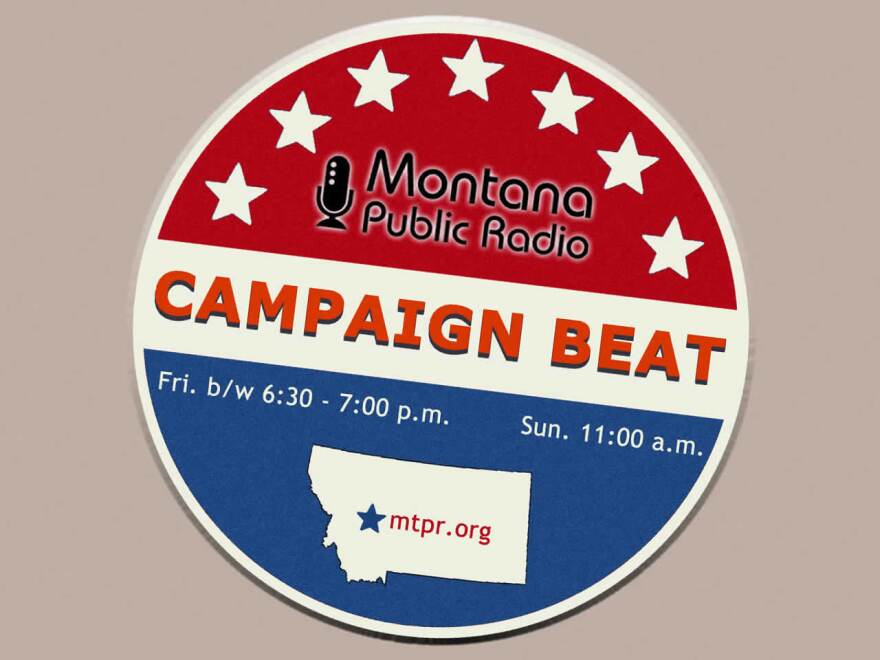
To measure the effectiveness of their advertising campaigns, marketers use the cost per 1,000 impressions metric. This is calculated by taking the total cost of an ad and then dividing it by how many views the ad will get. Although CPM is a great indicator of how efficient a media marketing campaign is, it isn’t the only thing to look at.
Ad spend and ad results are key factors in determining the effectiveness of an advertisement campaign. Although tracking ad spending is essential, conversion rate is another important variable that can affect ad effectiveness. You may want to use a cost-per-click ad model if you are trying to attract new customers. This type ad is typically less expensive than CPM. However, this type of ad model is less predictable, so it isn't always a good choice.
You need to determine the click-through rates (CTR) in order to assess whether or not your campaign is successful. Generally, two clicks for every 100 impressions are considered a good CTR. Depending on your medium, you might be able to increase CTR by using different ad formats or placing your ad at different locations. You can also try using rich media advertisements to improve your ad's viewability.

Another measure that could be used to assess the effectiveness of an advertisement is the average click through rate and the number if unique visitors. These statistics will help you establish expectations for your ad. Monitoring your ad performance over time is the best way to do so.
CPC is more complicated than CPM. CPC is harder to predict and is less likely than CPM to generate high-quality impressions. CPC can also lead to visitors leaving your website. CPC risk can be minimized if an ad campaign is well-designed.
CPC, as compared to CPM can be a better ad strategy for online publishers. CPC can help optimize ad sales and collect more data. The risk of shifting from CPM into CPC is higher. CPC is often believed to offer a higher return than CPM, however this is not always the case.
A higher CPM doesn't necessarily translate into better earnings but it does indicate that your ad generates good traffic. A cost per thousand ad campaign may allow advertisers to reach a wider audience. CPM is not as valuable for brands, however. CPM does not predict whether a product such as a degreaser will be sold.

CPM rates can differ from one market to another. A magazine with a large audience will charge less per thousand subscribers than a magazine which has a smaller readership. If you target a niche audience, you may pay less per ad. It is crucial to analyze the cost-benefits of your ad strategy.
FAQ
What is an advertisement buyer?
An advertiser buys advertising space on TV, radio, print media, etc.
Advertisers are paid for the time that their message will appear.
They don't necessarily seek the best ad; they want to reach their target markets with the most effective ad.
Advertisers may have demographic information such as the age, gender, marital status, income level, occupation, hobbies, and interests of their customers.
This information can be used by advertisers to decide which media works best for them. For example, they might decide that direct mail would be more effective with older audiences.
Advertisers also consider the competition. Advertisers might place their ads near similar businesses if they see them.
Advertisers should also consider the budget they have and how long they plan to spend it before it expires.
What is advertising's basic purpose?
Advertising isn’t about selling products.
Advertising is about communicating your ideas and values to people who already care about what you have to say. It's about changing minds and attitudes. It's about building connections.
It's all a matter of making people feel good.
You can't sell to your customers if you don’t know their needs.
Before you begin any advertising campaign, it is important to understand your customers' needs, wants, and buying patterns.
You can then design ads that resonate with them.
What is the best way to advertise online?
Internet advertising is a key part of any business strategy. It is a cost-effective way for companies to reach potential customers. There are many kinds of internet advertising. Some are free and some require payment.
There are many other ways to advertise online. Each method offers its own advantages and disadvantages.
Why not use social media advertising for your business?
Social Media Marketing is a way to reach customers on social media platforms such as Facebook and Twitter. You can also target specific segments within these networks with keywords.
This advertising method is much more affordable than traditional marketing methods because it costs less to market online. It also allows you to build strong relationships with your current and potential clients.
It's easy to start using social media to promote your business. You only need a smartphone or computer and internet access.
What is an advertising campaign?
Advertising campaigns are a series or advertisements that promote a product. It can also refer entirely to the production of such ads.
The term "ad" comes from the Latin word for "to sell." The first known use was by Marcus Terentius Varro (116-27 BC), who used it as a verb meaning "to make a sale."
Advertising campaigns are usually done by large companies and agencies. These campaigns may include many media types such as print, television, radio and the internet.
Advertising campaigns last several months and are usually focused on specific goals. Campaigns can be targeted at increasing awareness or sales, for example.
What is affiliate marketing?
Affiliate marketing allows you to make money by referring people to other websites that sell products or services. The product owner pays you when someone buys from you.
Affiliate marketing is built on referrals. People don't need to do anything to purchase from you. Refer them to the website.
It's possible to make money with no selling. Selling is as easy as buying.
An affiliate account can be created in minutes.
The more people you refer, the more commission you will receive.
There are two types.
-
Affiliates who have their own websites
-
Affiliates who work with companies that provide products and/or services.
How can I select my target audience?
Begin with you and your closest friends. If you don’t know where or how to start, ask yourself "Whom are I trying to reach?"
Ask yourself these questions. Who are the most influential people within my industry? What are the problems they face daily? Who are the smartest people in my industry? They hang out online.
Start at the beginning of your business. Why did you begin? How did you solve the problem?
These answers will help you identify who your ideal clients are. This will allow you to learn more about your ideal customers and their motivations for buying from you.
To get clues about who they cater to, you can also check out your competitors' social media pages and websites.
Once you have identified the target customers, it is time to decide what channel(s) you want to use to reach them. An example: If you provide services to realty agents, you may create an informational website for home buyers.
A blog could be created if your software is offered to small businesses.
If you sell clothing, you could create a Facebook page for teens. A Twitter account could be set up by restaurant owners to allow parents to search for places that are kid-friendly.
This is the point: There are many ways to communicate your message.
Statistics
- Nonetheless, advertising spending as a share of GDP was slightly lower – about 2.4 percent. (en.wikipedia.org)
- Advertising spending as a share of GDP was about 2.9 percent. (en.wikipedia.org)
- This means that at least 50% of an ad needs to be shown on the screen for at least one second. (quicksprout.com)
- Worldwide spending on advertising in 2015 amounted to an estimated US$529.43 billion. (en.wikipedia.org)
External Links
How To
How do you place an ad on a billboard
Billboards have been around since the late 1800s, but they were first made popular during World War II when they became standard fixtures along roadsides and highways. Many billboards include text advertising and others may also display photographs or artwork. Many billboards are static. Others display messages that change periodically, such a weather forecast, stock price, stock scores, political events, or stock market prices.
The majority of billboards are outside displays. However, there are indoor versions. Outdoor billboards usually face traffic passing by them at least several times per day, while indoor ones may only be seen once every few years. A "cubic" outdoor billboard is the most popular type. It is made up of three layers: two sheets of glass sandwiched between a layer of fiberglass mesh and one sheet of glass. This design allows air to circulate through the billboard, keeping it cool in hot weather and warm in cold weather.
Billboard Advertising Inc. is a company that advertiser pay to have their ads displayed on its billboards. It owns and operates many North America's largest billboard advertising companies. These companies then sell space on their billboards to advertisers. These spaces are sold to advertisers depending on the amount they plan to spend on advertising. Advertisers often select the best places for their ads based upon where people walk and drive the most.
Billboard Advertising Inc. is licensed to sell ad space and to erect signs in cities. Some cities allow billboards everywhere, others only in certain areas. For example, Chicago requires that billboards be no more than 1,000 feet from any highway. Other cities stipulate that billboards must be at least 500 feet away from any school or church.
Billboard Advertising Inc. has contracts to promote products and services throughout the United States, including Florida, California, Nevada, Texas, Arizona, New Mexico, Colorado, Washington, Oregon, Idaho, Utah, Wyoming, Alaska, Hawaii, Canada, Puerto Rico, Guam, Virgin Islands, and American Samoa.